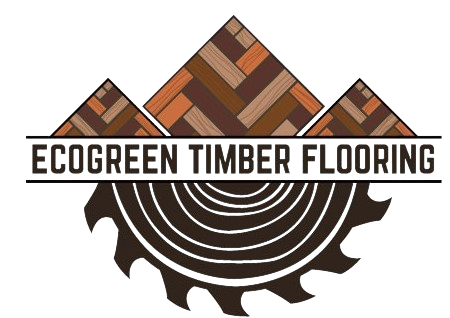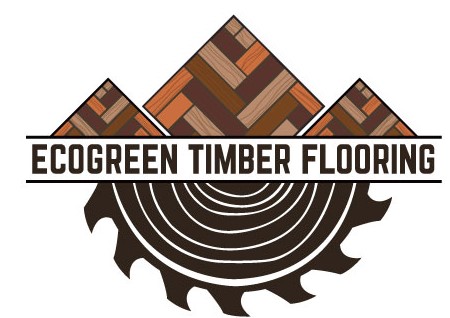The Benefits of Natural Bamboo Flooring
Eco-friendly/ Durable/ Convenient
Bamboo flooring, whether natural or engineered, offers a highly sustainable and organic option compared to hardwood. Its rapid growth makes it easy to replenish after harvesting, contributing to its eco-friendly profile. Even our engineered bamboo flooring is designed with an energy-efficient harvesting process, ensuring minimal environmental impact. By choosing bamboo, you’re reducing your carbon footprint rather than adding to it.
Moreover, bamboo timber is renowned for its exceptional quality and durability. Its uniform texture and grain pattern make it a preferred choice for homeowners seeking long-lasting flooring solutions. With its robustness, natural bamboo flooring can withstand tough conditions, promising a home built to endure the test of time.
Installation and maintenance of bamboo laminate flooring are remarkably easy. A simple sweep or vacuum keeps it clean, with occasional mopping for extra care. Its resilience against spills, dents, and scratches means less worry about damage. To prevent discoloration, it’s advisable to shield it from excessive sunlight with curtains or shades. With minimal effort, you can maintain a beautifully preserved home ambiance.
About Bamboo Flooring
The production of bamboo flooring typically occurs in China, utilizing stems that are typically around 4 years old. Following harvesting, the stems undergo slicing lengthwise into multiple pieces before undergoing weaving and compression under high temperatures and pressure.
In contrast, the manufacturing process for bamboo laminate flooring differs significantly from the production of strand woven types. For laminated bamboo flooring, small sections, roughly 30 mm wide, are initially machined into rectangular shapes measuring 25 mm in width and 6 mm in thickness. These sections are treated against insect infestation and then kiln-dried before being assembled into boards. The dry rectangular pieces are glued either horizontally or vertically to achieve the desired product style.
On the other hand, strand woven bamboo products involve cutting timber pieces into finer strands, which are then bonded together to form sheets or beams from which raw boards are cut. This process can be executed through two methods: the hot press and the cold press process. In the hot press method, pressure and heat are applied to shape sheets, which are subsequently cut into boards. Conversely, the cold press process involves applying heat to cure the adhesive after pressing the fibers into beams, which are then cut into boards.
In terms of internal composition, both processes yield high-quality products. However, due to the pressing techniques employed in strand woven products, they tend to be denser and tougher compared to bamboo laminate flooring.
Bamboo Flooring Installations
When installing bamboo flooring, whether pre-finished or intended for on-site sanding and finishing, it’s crucial to inspect the ground for any manufacturing flaws that could impact the final result. This examination encompasses checking for grade consistency, board shape irregularities, damages, and coating imperfections.
Many suppliers of bamboo flooring recommend laying the flooring from multiple packs, preferably three or more, simultaneously. Additionally, mixing batches from different production runs is advised to ensure a harmonious blend of colors and tones across the floor.
Expansion allowances are essential for these products, especially around skirting and fixed objects. Intermediate expansion allowances may also be necessary, both in length and width, depending on the specific product. For longer floors, expansion joints become necessary at doorways to accommodate the varying movement of differently sized floors in different rooms.


